With the rapid development of additive manufacturing technology, PLA has become one of the most popular materials in 3D printing, commonly used in filament (wire) form.
As an eco-friendly, biodegradable plastic, PLA offers excellent printing performance and a wide range of applications, making it an ideal choice for beginners and desktop printing.
This article will provide an in-depth exploration of PLA 3D printing, covering its unique properties, usage tips, common challenges during the printing process, and solutions.
Additionally, we will guide you on how to leverage PLA filaments for more efficient and sustainable 3D printing projects.
What Is PLA In 3D Printing?
Polylactic Acid (PLA) is a biodegradable thermoplastic derived from renewable resources such as corn starch, sugarcane, and cassava roots.
This eco-friendly material is highly popular in the 3D printing industry due to its low environmental impact, ease of use, and compatibility with various FDM 3D printers.
PLA is typically used in filament form for 3D printing, with the filament wound into spools for easy feeding into the 3D printer’s nozzle, where it is heated and extruded into shape.
Due to its low melting point and excellent flow properties, PLA is ideal for FDM technology, which builds 3D objects by layer-by-layer deposition of material.
Compared to other common 3D printing materials like ABS, PLA is easier to control during printing, reducing the risk of warping and deformation.
This makes it especially well-suited for beginners and home users.
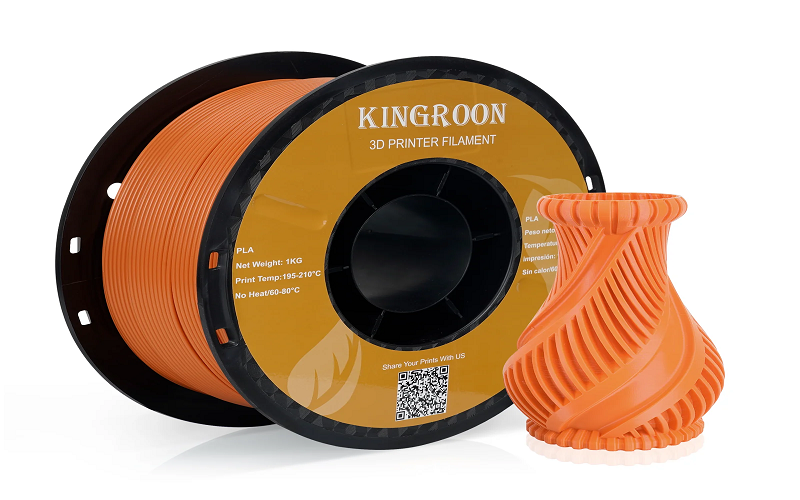
The Advantages Of PLA For 3D Printing
As one of the most widely used materials in the field of 3D printing, PLA (Polylactic Acid) is highly favored for its unique advantages.
Eco-Friendliness
PLA is a biodegradable plastic made from natural plant-based raw materials, such as corn starch.
Compared to traditional petroleum-based plastics, it has a significantly lower carbon footprint.
During use, PLA does not release harmful gases or pollutants, making it widely recognized as an environmentally friendly material.
Ease of Use
With a low melting point and reduced thermal stress, PLA is easy to process and print, offering excellent layer adhesion and surface quality.
It comes in a variety of vibrant colors and is suitable for both beginners and professionals.
Additionally, PLA’s moderate melting temperature eliminates the need for high-temperature printing, reducing safety risks during the printing process.
High-Precision Printing
PLA exhibits excellent flowability and formability, enabling precise printing of complex structures and intricate details. It is also resistant to warping or deformation, ensuring consistent print quality.
Cost-Effectiveness
PLA is relatively inexpensive, making it ideal for mass production and a wide range of applications.
Due to its affordability and availability, PLA is especially popular in education and research, where many laboratories and schools use it as their primary 3D printing material.
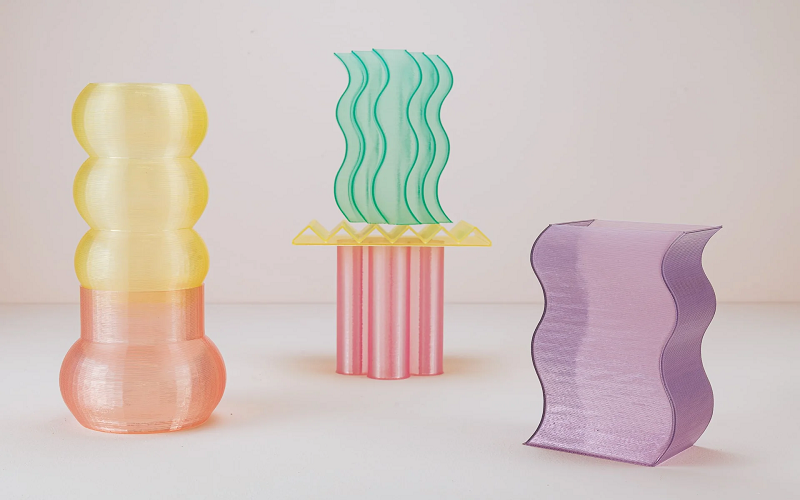
The Limitations Of PLA For 3D Printing
Although PLA has many advantages, it also has some limitations during use.
Prone to Softening and Deforming at High Temperatures
As mentioned in the article “What Is PLA” PLA has a relatively low melting point, typically between 130°C and 180°C, which makes it prone to softening and deformation in high-temperature environments.
Inferior Mechanical Properties
The strength and durability of PLA are relatively low compared to other materials like ABS.
It is particularly susceptible to brittleness and deformation under significant stress or prolonged use, which can affect its lifespan and performance.
Temperature Sensitivity
PLA is highly sensitive to temperature fluctuations, which can easily cause deformation.
This limits its applications in high-temperature environments, such as in mechanical equipment that must withstand elevated temperatures.
These limitations indicate that PLA is not suitable for applications requiring high precision or heat resistance.
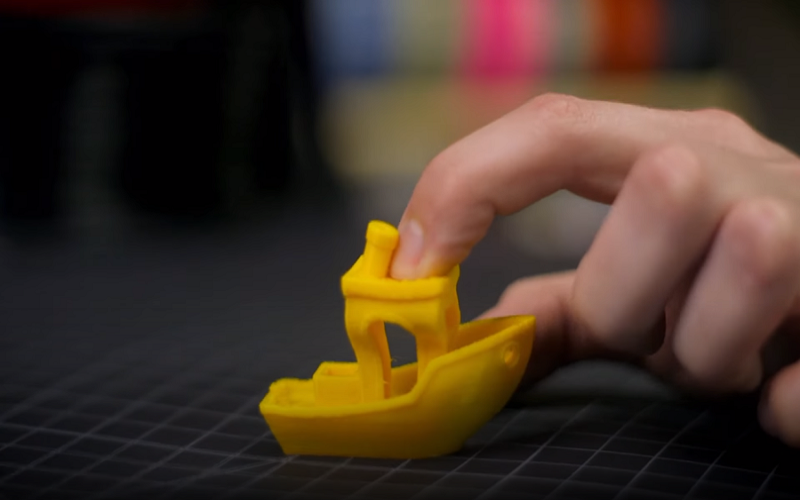
How To Optimize PLA 3D Printing Settings
To achieve the best results with PLA printing, it is essential to adjust the printing parameters according to the specific printer and application needs.
Below are recommended settings for common PLA 3D printing parameters:
Parameter | Value Range |
Nozzle Temperature | 190°C – 230°C |
Bed Temperature | 50°C – 70°C |
Print Speed | 40 – 60 mm/s (30 – 40 mm/s for complex models, 70 – 80 mm/s for simple models) |
Layer Height | 0.1 – 0.3 mm (recommended 0.2 mm) |
Cooling Fan | 100% (off for the first layer) |
Wall Thickness | 0.8mm – 1.2mm |
Infill Density | 15% – 30% |
Support Density | 10% – 20% |
*The above parameters are for reference only. Please fine-tune them according to the specific requirements of your 3D printer and model.
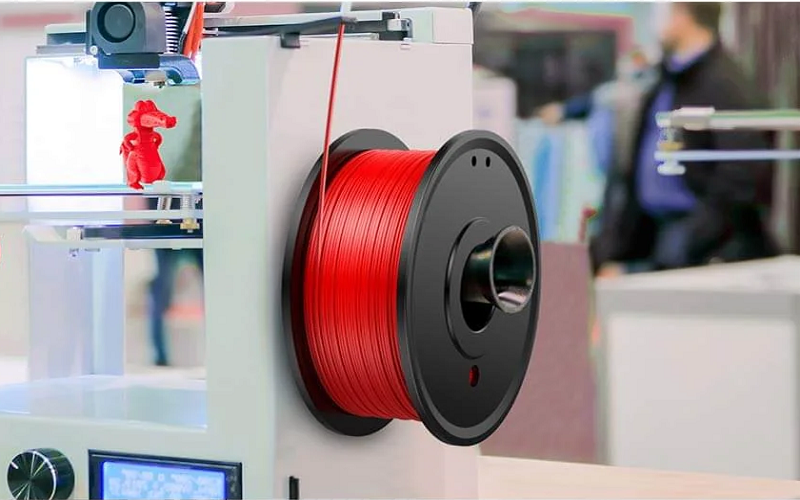
Common Applications Of 3D Printing With PLA Filament
PLA filament, as one of the most commonly used materials in 3D printing, is highly versatile and widely applicable across the following three fields:
Prototyping
One of the primary applications of PLA in 3D printing is prototyping manufacturing.
Its ease of use and excellent surface finish make it an ideal choice for quickly and efficiently creating prototypes, especially during product development and design validation stages.
Models and Visual Aids
In the architectural field, PLA filament is frequently used to create scale models, helping architects and designers clearly and intuitively present design concepts and spatial layouts.
In education and research, PLA is utilized by teachers and lecturers to produce 3D models that vividly illustrate complex scientific concepts, such as cell structures, molecular models, or geographical formations.
These models not only enhance interactivity in teaching but also provide cost-effective tools for scientific experiments.
Art and Decoration
The wide range of colors, translucent effects, and ease of post-processing make PLA filament an excellent material for creating visually appealing works.
Whether it’s intricate sculptures, unique decorative items, or imaginative art installations, PLA can meet specific aesthetic requirements and enable highly customized designs.
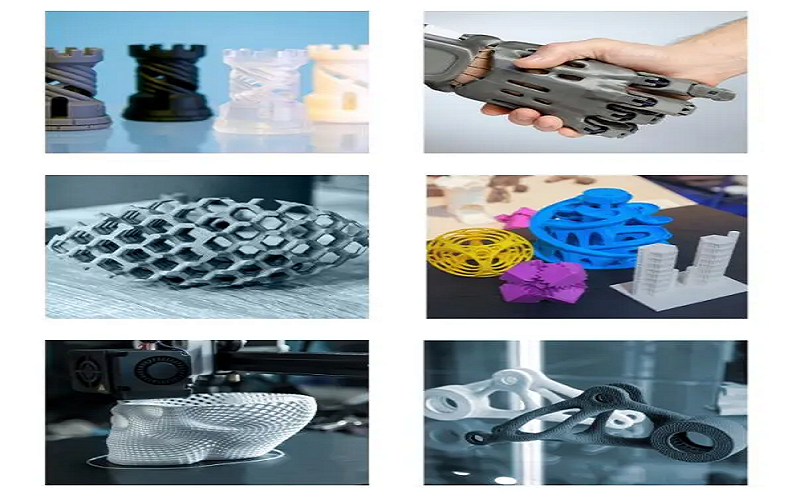
PETG vs PLA vs ABS
When selecting 3D printing materials, PETG, PLA, and ABS are some of the most common and popular choices.
Choosing the right material is crucial for meeting specific printing needs.
Here’s a detailed comparison of these three materials:
PLA: The Most Common and User-Friendly 3D Printing Material
PLA, derived from renewable resources like corn starch or sugarcane, is an eco-friendly material free of harmful substances.
This makes it a popular choice for environmentally conscious users.
During printing, PLA does not emit irritating odors or harmful gases, further enhancing its appeal.
Compared to PETG, PLA is easier to handle, making it perfect for beginners.
However, while PLA is easy to use compared to ABS, it lacks the durability and heat resistance required for functional or industrial parts.
ABS: A Strong and Durable Choice
ABS offers exceptional strength and durability, making it suitable for mechanical components, functional products, and durable tools.
ABS-printed items feature high toughness and impact resistance, enabling them to withstand significant stress.
While PLA vs ABS highlights ABS’s superior durability and toughness, it also underscores the increased complexity and safety precautions required for ABS printing.
PETG: The Balanced Choice of Durability and Flexibility
PETG strikes a balance between the strength and durability of ABS and the ease of use and eco-friendliness of PLA, making it an ideal choice for many users.
PETG offers high heat resistance and corrosion resistance, making it suitable for both indoor and outdoor applications.
By understanding the differences in PETG vs PLA and PLA vs ABS, users can select the most suitable material to match their specific 3D printing needs.
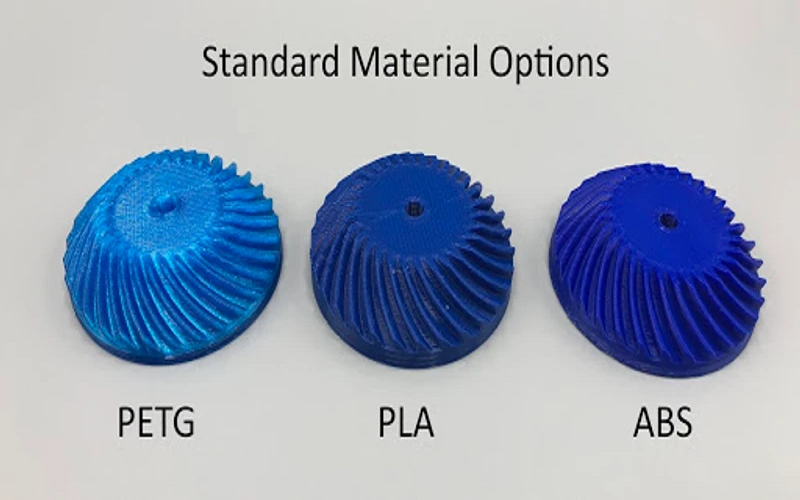
Conclusion
PLA 3D printing offers a versatile and eco-friendly solution for a wide range of applications, from prototyping and educational models to artistic and decorative items.
Its ease of use, excellent surface quality, and sustainability make it a favorite choice for both beginners and professionals.
At FOWMOULD, we provide customized 3D printing services tailored to your needs, utilizing high-quality PLA and other materials to ensure precision and reliability.
Let us help you turn your ideas into reality with our expertise and advanced technology.
